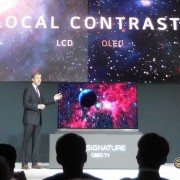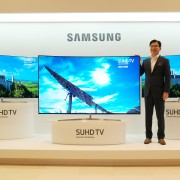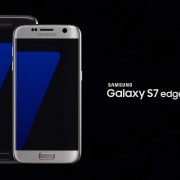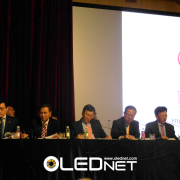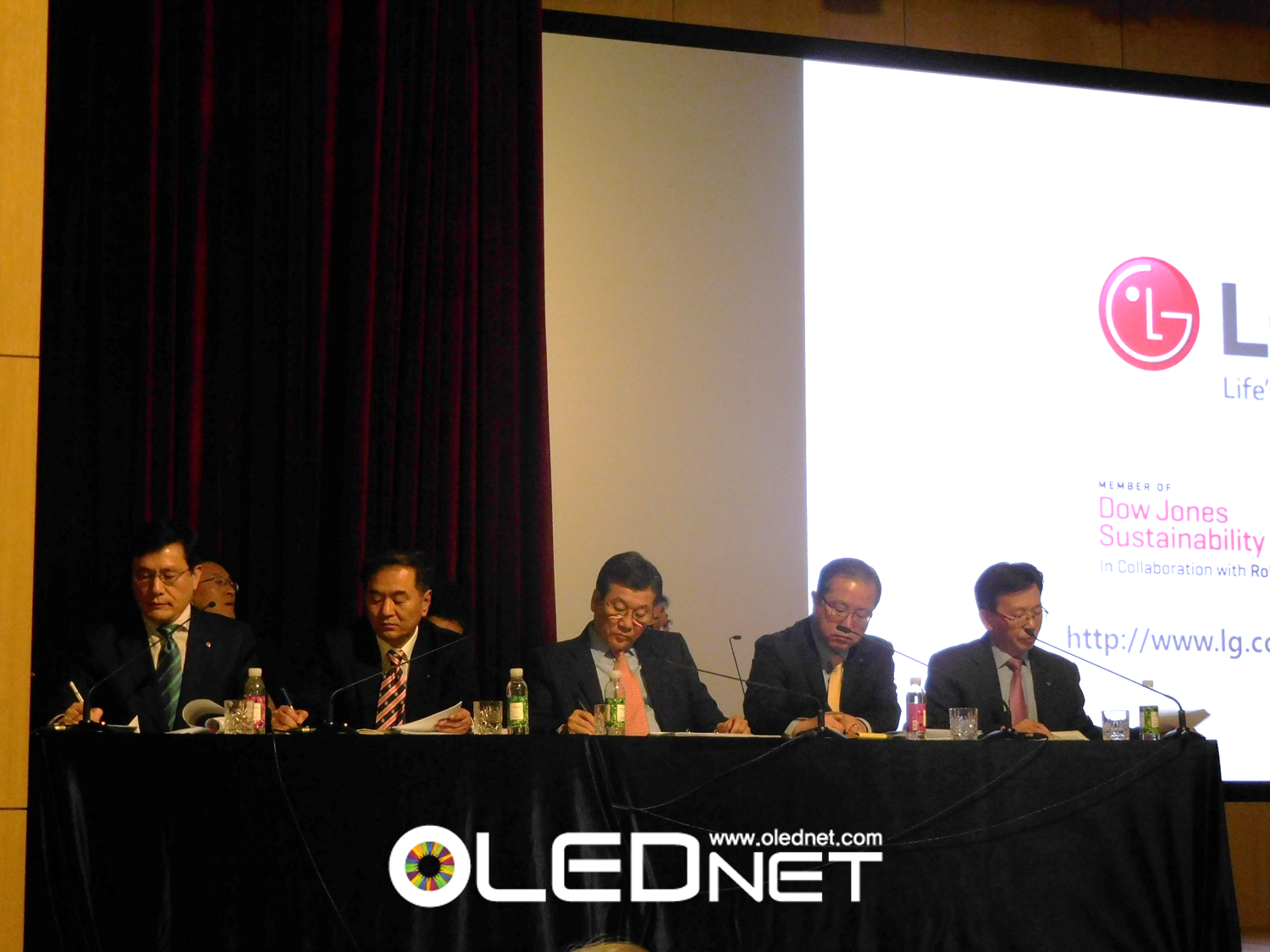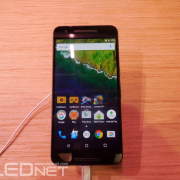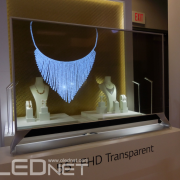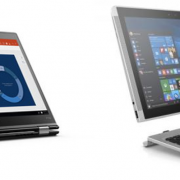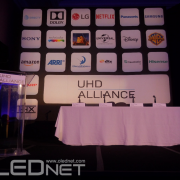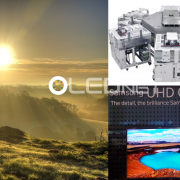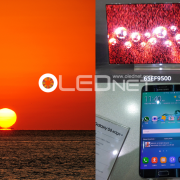Samsung, Even if OLED TV is Released, Different from LG
Hyunjoo Kang / Reporter / jjoo@olednet.com
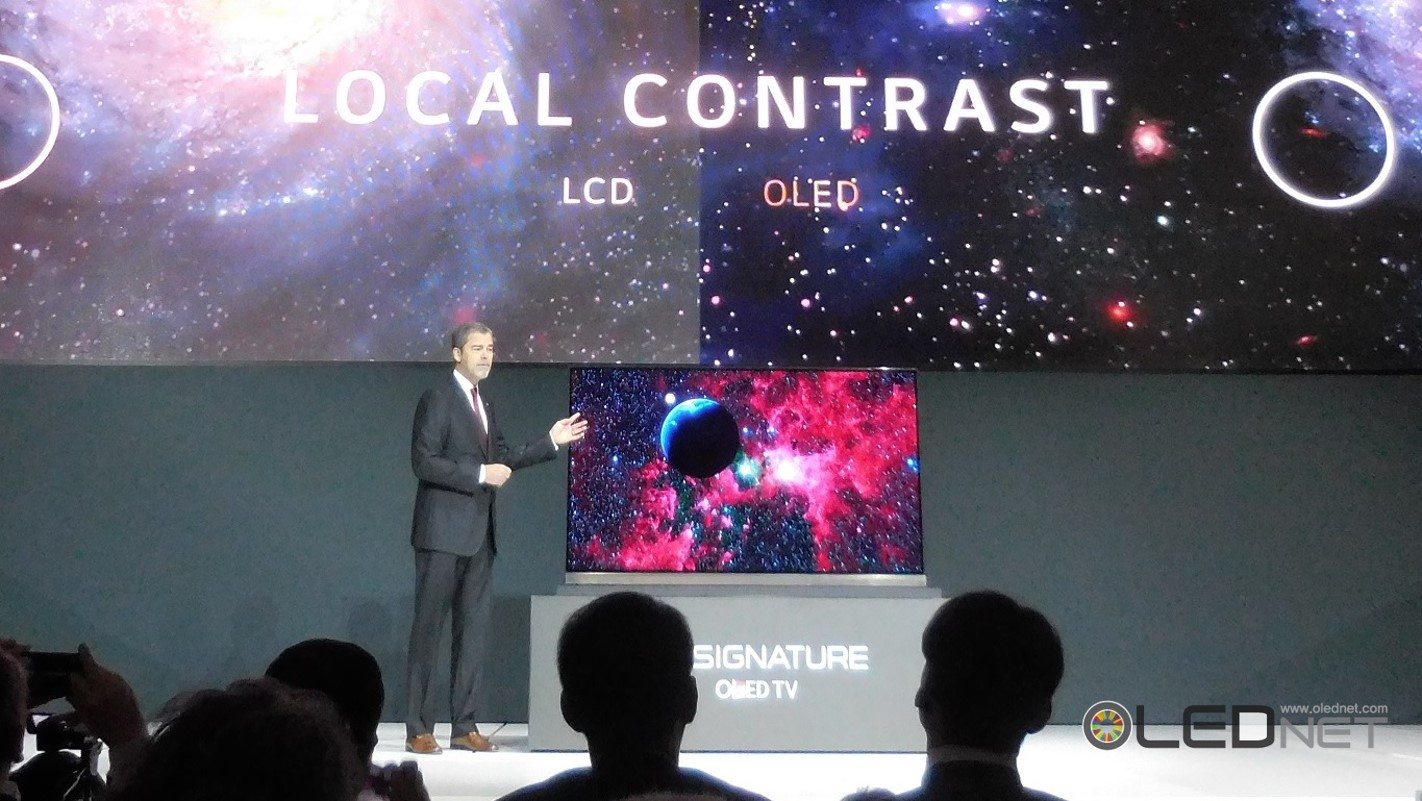
<LG Elec. is Introducing OLED TV in CES 2016>
Within the TV market, there is an opinion that even Samsung Electronics which believes it is not yet the time for OLED panel cannot continue to insist on LCD. Experts estimate that even if it is the same OLED TV, Samsung Elec. will differentiate the actualization method from competitors’ including LG Electronics. One of the possibilities suggested is Samsung’s selection of ink-jet printed OLED TV panel.
Hyun-Suk Kim, Samsung Elec. Visual Display department’s vice president, who recently announced new LCD based SUHD TV mentioned that OLED TV is premature and also needs technological improvements.
However, it looks to be difficult for Samsung to insist on LCD TV only in the long term. China is threatening Korean companies in LCD panel market with superior price competitiveness; there is too much risk for Korean display companies such as Samsung Display to invest further in LCD production line. Although Samsung Elec. is not receiving panel supply exclusively from Samsung Display, Samsung Display is the biggest supplier. Therefore, Samsung Display’s LCD investment reduction is also expected to affect Samsung Elec.’s TV business.
Furthermore, Samsung Elec. is in the position of having to emphasize OLED’s superior picture quality over LCD in smartphone business, but highlight the opposite in TV. This is also an issue that needs to be tackled.
Despite these issues, Samsung cannot easily start on OLED TV as several problems such as price competitiveness have not been solved.

<Hyun-Suk Kim, Samsung Elec.’s Vice President, is Introducing New SUHD TV>
◆ Ink-jet Printing, Can it Solve OLED for TV Price Issue?
According to Dong-won Kim, analyst with Hyundai Securities, Samsung Display, with Samsung Elec. as the biggest client, has unfavorable structure for reducing production cost as 65 inch OLED TV panel production efficiency is low in Gen8 line.
Kim estimated that Samsung Display will apply solution process ink-jet printing technology to OLED TV with 2018 mass production target in order to solve this problem.
When producing OLED TV panel, WRGB OLED method, which uses evaporation method, can only reduce production cost by certain amount as the material usage efficiency is low. On the other hand, ink-jet printing RGB technology finely deposits ink in liquid form and can reduce materials cost. Additionally, RGB OLED has fewer organic layers compared to WRGB OLED and processes can be decreased.
For these reasons, some believe that Samsung will select ink-jet printing method rather than evaporation for OLED TV in future. There is also a view that LG Display, which is currently using evaporation method, will also actively consider producing ink-jet printed OLED TV panel in the long term.
A display expert explained that although ink-jet printing processes are simpler than evaporation method, that does not necessarily mean materials cost is always cheaper. The ink-jet printing technology is not yet perfect, and particularly for blue the efficiency issue has not yet been solved.
He added that Samsung Elec. has strong tendency to differentiate itself from competitors such as LG, and even if Samsung Elec. releases OLED TV, it is likely that ink-jet printing, which is different from LG, will be the preferred method.

